
Welcome to the biweekly electronic newsletter from Stanford Bio-X for members of the Bio-X Corporate Forum. Please contact Dr. Hanwei Li, the Bio-X Corporate Forum Liaison if you would like to be added or removed from this distribution list, or if you have any questions about Stanford Bio-X or Stanford University.
Highlights
** On October 9, 2013, Bio-X celebrated the 10th Anniversary of the James H. Clark Center, the hub of Bio-X. Check out CLARK CENTER @ 10X as well as the Bio-X Timeline over the last 15 years!!
** Check out the article by Stanford President John Hennessy in the Nov/Dec 2013 issue of the Stanford Magazine on Bio-X and the Clark Center, "A Cauldron of Innovation".
Spectrum director named chair-elect of AAAS medical sciences
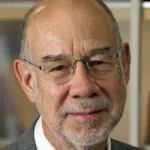 Harry Greenberg, professor of medicine and of microbiology and immunology, was voted chair-elect of the American Association of the Advancement of Science Section on Medical Sciences. He directs Spectrum and is the medical school’s senior associate dean for research. Dr. Greenberg was recently interviewed by Medical College of Wisconsin on the role of the CTSA-supported institutions in accelerating better health here.
Harry Greenberg, professor of medicine and of microbiology and immunology, was voted chair-elect of the American Association of the Advancement of Science Section on Medical Sciences. He directs Spectrum and is the medical school’s senior associate dean for research. Dr. Greenberg was recently interviewed by Medical College of Wisconsin on the role of the CTSA-supported institutions in accelerating better health here.
Bio-X Core Programs
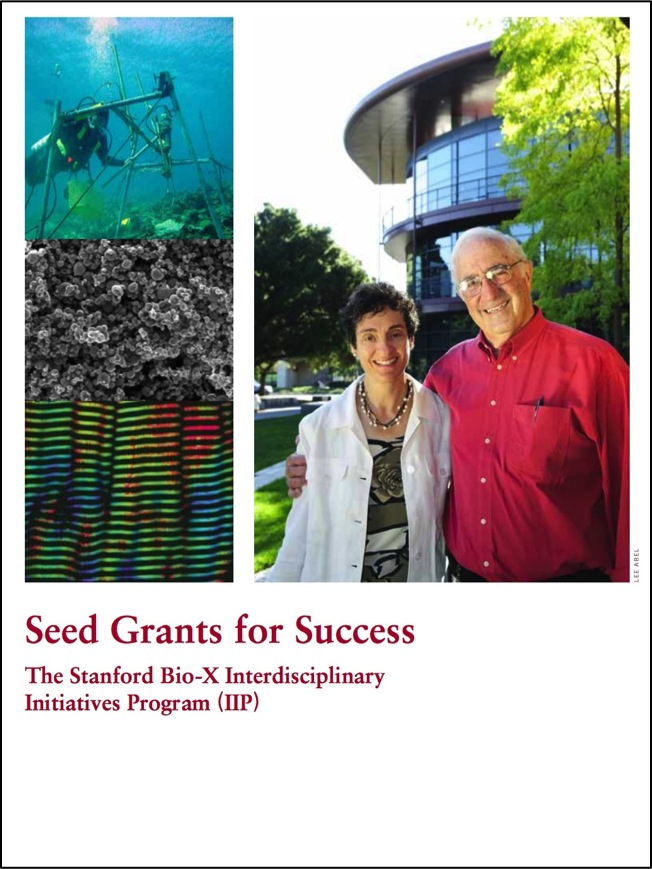 SEED GRANTS FOR SUCCESS - Stanford Bio-X Interdisciplinary Initiatives Program (IIP) SEED GRANTS FOR SUCCESS - Stanford Bio-X Interdisciplinary Initiatives Program (IIP)The Bio-X Interdisciplinary Initiatives Program represents a key Stanford Initiative to address challenges in human health. Currently, the IIP awards approximately $4 million every other year in the form of two-year grants averaging about $200,000 each. From its inception in 2000 through the beginning of the seventh round in 2014, the program has provided critical early-stage funding to 164 different interdisciplinary projects, involving collaborations from over 750 faculty members, and creating over 700 teams from six different Stanford schools. From just the first 6 rounds, the IIP awards have resulted in a 10-fold-plus return on investment, as well as hundreds of publications, dozens of patents filed, and most importantly, the acceleration of scientific discovery and innovation. 2014 is the start of the 7th round of the Bio-X IIP Seed Grants Program, and 22 newly awarded projects were selected from 142 Letters of Intent (LOIs)! This has been the largest number of LOIs that Bio-X has received. Please go here to check out the newly awarded projects. Competition was intense, and the selection criteria included innovation, high-reward, and new interdisciplinary collaborations. (To view the 142 other IIP projects that have been funded from the previous 6 rounds, please click here.) |
 Bio-X FELLOWSHIPS Bio-X FELLOWSHIPSEvery year, graduate students and postdoctoral scholars of Bio-X affiliated faculty are highly encouraged to apply for the Bio-X Fellowships, which are awarded to research projects that are interdisciplinary and utilize the technologies of different fields to solve different biological questions. Students are encouraged to work collaboratively with professors of different departments, thus creating cross-disciplinary relationships among the different Stanford schools. Our fellows have conducted exciting research, resulting in publications in high-impact journals and have been offered excellent positions in industry and academia. To date, with the 19 new awardees of 2014, Stanford Bio-X has a total of 173 Fellows. The call for 2015's PhD Fellowship program has just begun! You can view the numerous Fellowship projects that have been awarded over the years as well as oral presentations from previous symposiums here. |
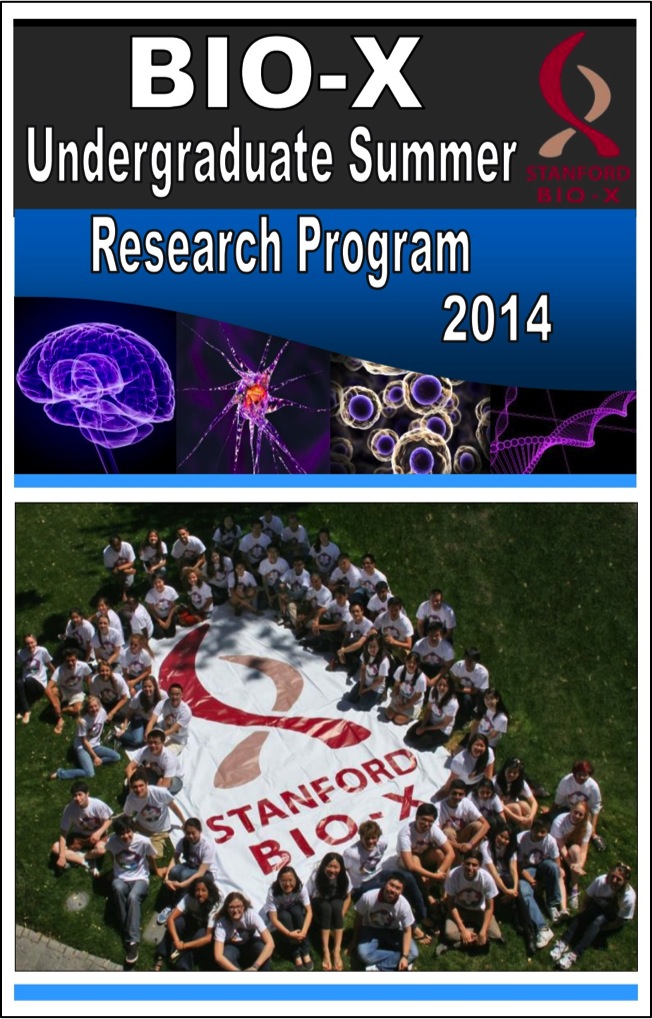 Bio-X UNDERGRADUATE SUMMER RESEARCH PROGRAM Bio-X UNDERGRADUATE SUMMER RESEARCH PROGRAMThe Bio-X Undergraduate Summer Research Program supports undergraduate research training through an award designed to support interdisciplinary undergraduate summer research projects. The program is an invaluable opportunity for students to conduct hands-on research, learn how to carry out experiments in the laboratory, and develop the skills to read and analyze scientific literature. This program is eligible to Stanford students who want to work in the labs of Bio-X affiliated faculty. To date, with 65 new awardees from 154 applications submitted this year, 306 students have been awarded the opportunity to participate in the Bio-X Undergraduate Summer Research Program. The call for 2015's USRP has just begun! Participating undergraduates are also required to present poster presentations on the research that they've conducted during the program. Please click here for title lists of past posters that our undergraduates have presented. |
We are cultivating and are highly successful in building meaningful collaborations with numerous corporate colleagues. New collaborations through our core programs are highly encouraged. To learn about how to get involved, please contact Dr. Hanwei Li, or Dr. Heideh Fattaey.
Bio-X also holds symposiums every year that highlight our core programs. The latest one was on August 27, 2014, where over 300 people attended Bio-X's latest Interdisciplinary Initiatives Seed Grants Program Symposium. There were 8 different oral presentations from faculty members who were awarded Bio-X Seed Grants on the progress that they have made with the funding towards their projects. In addition, Bio-X had its largest poster session ever with 167 posters presented during the reception of the symposium! The next Bio-X IIP Symposium is this Wednesday February 25, 2015.
If you'd like to learn more about any of the projects that were presented during the entire symposium, please contact Dr. Hanwei Li with your questions.
News
 Customized DNA rings aid early cancer detection in mice, study finds
Customized DNA rings aid early cancer detection in mice, study finds
Bio-X Affiliated Faculty Sam Gambhir
Imagine: You pop a pill into your mouth and swallow it. It dissolves, releasing tiny particles that are absorbed and cause only cancerous cells to secrete a specific protein into your bloodstream. Two days from now, a finger-prick blood sample will expose whether you’ve got cancer and even give a rough idea of its extent. That’s a highly futuristic concept. But its realization may be only years, not decades, away. Stanford University School of Medicine investigators administered a customized genetic construct consisting of tiny rings of DNA, called DNA minicircles, to mice. The scientists then showed that mice with tumors produced a substance that tumor-free mice didn’t make. The substance was easily detected 48 hours later by a simple blood test. A paper describing the findings of this proof-of-principle study were published online Feb. 23 in the Proceedings of the National Academy of Sciences. The technique has the potential to apply to a broad range of cancers, so someday clinicians might be able not only to detect tumors, monitor the effectiveness of cancer therapies and guide the developments of anti-tumor drugs, but — importantly — to screen symptom-free populations for nascent tumors that might have otherwise gone undetected until they became larger and much tougher to treat.
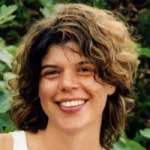 Tiny fish makes big splash in aging research at Stanford
Tiny fish makes big splash in aging research at Stanford
Bio-X Affiliated Faculty Anne Brunet
“Live fast, die old” maybe isn’t the catchiest motto. But, for the African turquoise killifish, it’s apt. The life span of the tiny fish can be measured in months, not years, and it does everything quickly: hatch, mature, breed and even age. It’s an example of life on extreme fast-forward. This accelerated life cycle is a necessity when one makes one’s home in seasonal ponds that regularly evaporate, and the fact that the fish shares many biological characteristics with humans makes it a promising candidate for the study of aging and longevity. But until now, scientists didn’t have the necessary tools and information with which to conduct genetic studies. Now, researchers at the Stanford University School of Medicine have mapped the location of specific genes involved in aging and age related diseases along the killifish’s chromosomes. They’ve studied patterns of gene expression in its various tissues, and used genome-editing technology to mutate 13 genes thought to be associated with the aging process. One gene in particular, a component of an aging-associated enzyme called telomerase, causes fish to develop a constellation of traits similar to those seen in humans lacking the enzyme. This new biological tool kit, which the researchers have made publicly available, will make it possible to trace the effect of specific genetic changes on aging and the diseases that accompany it. Eventually, it may lead to ways to slow or perhaps even reverse human aging.
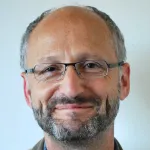 Scientists develop comparative search engine that helps to predict human gene function
Scientists develop comparative search engine that helps to predict human gene function
Bio-X Affiliated Faculty Tobias Meyer
The Human Genome Project wrapped up over a decade ago, yet around a third of the genome remains mysterious, its function unknown. Now, School of Medicine researchers have developed a comparative search engine that uses evolutionary correlations between humans and other species’ genes to help identify human gene function. “After the human genome was sequenced, scientists thought it would be a very short time before we knew what all the genes are doing,” said Tobias Meyer, PhD, professor and chair of chemical and systems biology. “It turned out not to be so easy, and we are currently in a holding pattern before we can really make use of all the genomic information.” Mapping how the human genome functions is like a completing a giant jigsaw puzzle. Such a map has been called the “interactome,” and having some idea about what a gene does helps identify where that gene fits in the puzzle. “Identifying gene function is important for medicine because how genes interact with each other affects disease,” said graduate student Gautam Dey. The search engine relies on “big data,” drawing from an international database that contains genomic sequences of hundreds of species, and is accessible via a Web page that is free and available to the public. The Web page went live Feb. 12, the same day that the paper describing the researchers’ method for gene-function mapping was published online in Cell Reports. Dey is the lead author of the paper, and Meyer is the senior author. The search engine is at http://web.stanford.edu/group/meyerlab/hOPMAPServer/index.html.
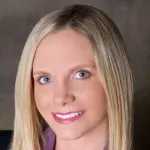 Big Bang model of colon cancer identifies role time plays in tumor-growth dynamics
Big Bang model of colon cancer identifies role time plays in tumor-growth dynamics
Bio-X Affiliated Faculty Christina Curtis
A “Big Bang” model of colon cancer is challenging current thinking about how tumors grow. Natural selection is thought to govern tumor growth, which means that the cells present in a full-grown tumor are the most evolutionarily fit, or likely to survive. But the Big Bang model asserts that when a mutation occurs is more important than its evolutionary fitness in determining its prevalence in a full grown tumor. Christina Curtis, PhD, assistant professor of medicine and of genetics at the Stanford University School of Medicine, is the senior author of a paper describing the new model. The lead author is Andrea Sottoriva, PhD, former postdoctoral scholar at the University of Southern California. Curtis conducted most of the research for the paper as an assistant professor of preventive medicine at USC, in collaboration with Darryl Shibata, MD, professor of pathology there. The paper was published online Feb. 9 in Nature Genetics. The Big Bang model could be used to identify growth-pattern differences at points very early in the life of a tumor, at the resolution of just a few thousand cells. The researchers found that differences in early growth patterns were associated with whether the cells became a benign or malignant tumor: If growth was ordered, the cells would likely grow into an adenoma, or a benign tumor. But if the growth trajectory was disordered, the cells were likely to grow into a malignant, or cancerous, tumor. The researchers determined that early disordered growth patterns led to patterns of genetic variegation in mature, malignant tumors but not in benign adenomas. Curtis added that these findings suggest that tumors are “born to be bad,” and malignant potential is determined early. Cell mixing in the nascent tumor can give rise to detectable patterns of genetic variegation that could potentially serve as a biomarker, enabling early detection of cancerous growths, Curtis said.
 Project maps human epigenome, discovers immune system role in Alzheimer's
Project maps human epigenome, discovers immune system role in Alzheimer's
Bio-X Affiliated Faculty Anshul Kundaje
With few exceptions, every cell in your body has the same genome, or DNA sequence. However, different cell types interpret that all-inclusive list of instructions in different ways, based on a variety of biochemical modifications to the DNA or its associated proteins. These modifications, which often occur in the form of chemical tags such as methyl groups that latch on to DNA and its packaging proteins, control whether, when and how a gene is expressed. Collectively, these modifications are known as the epigenome, but much about how they work in the hundreds of diverse cell types and tissue in the human body has remained a mystery. Now, researchers in a massive, international collaboration sponsored by the National Institutes of Health have published the first integrative analysis of human epigenomes derived from diverse adult and fetal cell types and tissues, ranging from stem cells and blood cells to brain, muscle and liver tissue. The results of the collaboration, called the Roadmap Epigenomics Project, were published Feb. 18 in a series of papers in Nature. The papers characterize and compare epigenomes within and across the largest collection of reference human cell types and tissues to date. Anshul Kundaje, PhD, an assistant professor of genetics and of computer science at Stanford University, is a lead author of the flagship integrative analysis paper. He also co-authored another companion paper in Nature that describes a potentially novel role of the immune system in the development of Alzheimer’s disease.
Events
| Cancer Biology Feb 24, 2015, 12 pm - 1 pm Munzer Auditorium, Beckman Center, Stanford, CA "Finding effective drug combinations in cancer through synthetic lethality screens" Speaker: Rene Bernards, PhD, Netherlands Cancer Institute |
Chemical & Systems Biology Mar 2, 2015, 10 am - 11 am Clark Auditorium, Stanford, CA CSB Special Seminar: "C. elegans aging has (redox) potential" Speaker: Javier Apfeld, PhD, Harvard Medical School |
| Cardiovascular Institute Mar 3, 2015, 12 pm - 1 pm Li Ka Shing Center, LK 101/102, Stanford, CA Frontiers in Cardiovascular Science: "Cardiovascular Drug Discovery in 2015" Speaker: Anthony 'Tony' Muslin, MD, Sanofi |
Developmental Biology Mar 4, 2015, 4 pm - 5 pm Clark Center Auditorium, Stanford, CA Frontiers in Biology: "Development and evolution of vertebrate morphology" Speaker: Cliff Tabin, PhD, Harvard |
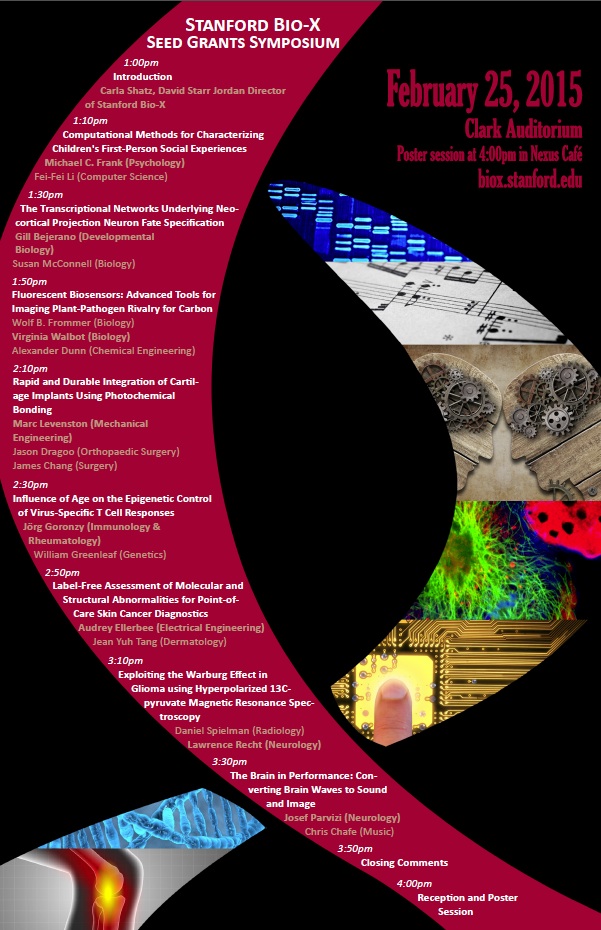 Bio-X Interdisciplinary Initiatives Symposium Bio-X Interdisciplinary Initiatives SymposiumWednesday, February 25, 2015 Clark Center Auditorium Bio-X Interdisciplinary Initiatives Program grant awardees will give fifteen-minute PRESENTATIONS at the symposium. A POSTER SESSION will be held during a post symposium reception, where students involved in interdisciplinary research will present their work. 1:00pm Introduction CARLA SHATZ - David Starr Jordan Director of Stanford Bio-X 1:10pm Computational Methods for Characterizing Children's First-Person Social Experiences MICHAEL C. FRANK (Psychology Fei-Fei Li (Computer Science) 1:30pm The Transcriptional Networks Underlying Neo-cortical Projection Neuron Fate Specification GILL BEJERANO (Developmental Biology) Susan McConnell (Biology) 1:50pm Fluorescent Biosensors: Advanced Tools for Imaging Plant-Pathogen Rivalry for Carbon Wolf B. Frommer (Biology) VIRGINIA WALBOT (Biology Alexander Dunn (Chemical Engineering) 2:10pm Rapid and Durable Integration of Cartilage Implants Using Photochemical Bonding MARC LEVENSTON (Mechanical Engineering) Jason Dragoo (Orthopaedic Surgery) James Chang (Surgery) 2:30pm Influence of Age on the Epigenetic Control of Virus-Specific T Cell Responses JÖRG GORONZY (Immunology & Rheumatology) William Greenleaf (Genetics) 2:50pm Label-Free Assessment of Molecular and Structural Abnormalities for Point-of-Care Skin Cancer Diagnostics AUDREY ELLERBEE (Electrical Engineering) Jean Yuh Tang (Dermatology) 3:10pm Exploiting the Warburg Effect in Glioma using Hyperpolarized 13C-pyruvate Magnetic Resonance Spectroscopy Daniel Spielman (Radiology) LAWRENCE RECHT (Neurology) 3:30pm The Brain in Performance: Converting Brain Waves to Sound and Image JOSEF PARVIZI (Neurology) Chris Chafe (Music) 3:50pm Closing comments 4:00pm Reception and poster session |
Resources
| Stanford University |
| Stanford Bio-X |
| Bio-X Seed Grants The Stanford Bio-X Interdisciplinary Initiatives Program (IIP) provides seed funding for high-risk, high-reward, collaborative projects across the university, and have been highly successful in fostering transformative research. |
| Office of Technology and Licensing "Techfinder" Search the OTL Technology Portal to find technologies available for licensing from Stanford. |
| Stanford Center for Professional Development - Take advantage of your FREE membership! - Take online graduate courses in engineering, leadership and management, bioscience, and more. - Register for free webinars and seminars, and gets discounts on courses. |
| Stanford Biodesign Video Tutorials on how FDA approves medical devices A series of video briefs recently produced by the Stanford Biodesign Program teaches innovators how to get a medical device approved for use in the United States. This free, online library of 60 videos provides detailed information on the Food and Drug Administration regulatory process, short case studies and advice on interacting with the FDA. |
To learn more about Stanford Bio-X or Stanford University, please contact Dr. Hanwei Li, the Bio-X Corporate Forum Liaison, at 650-725-1523 or lhanwei1@stanford.edu, or Dr. Heideh Fattaey, the Executive Director of Bio-X Operations and Programs, at 650-799-1608 or hfattaey@stanford.edu.

